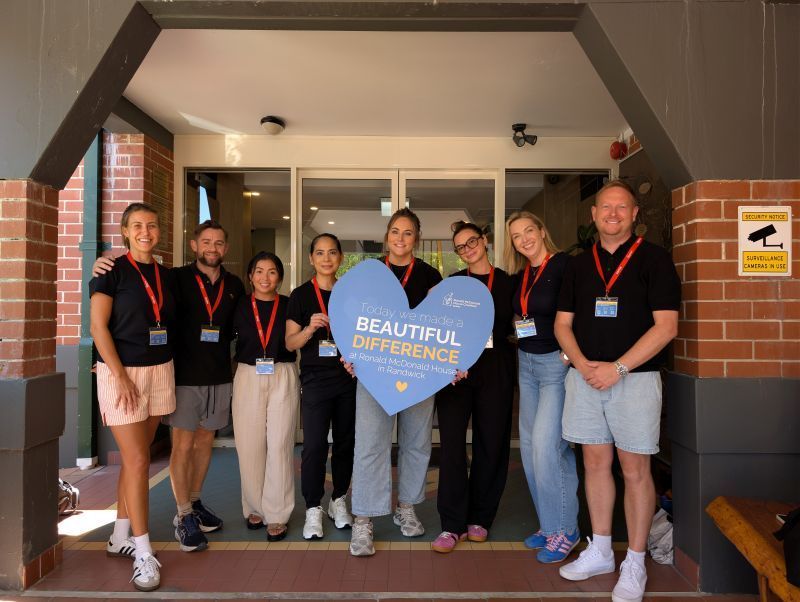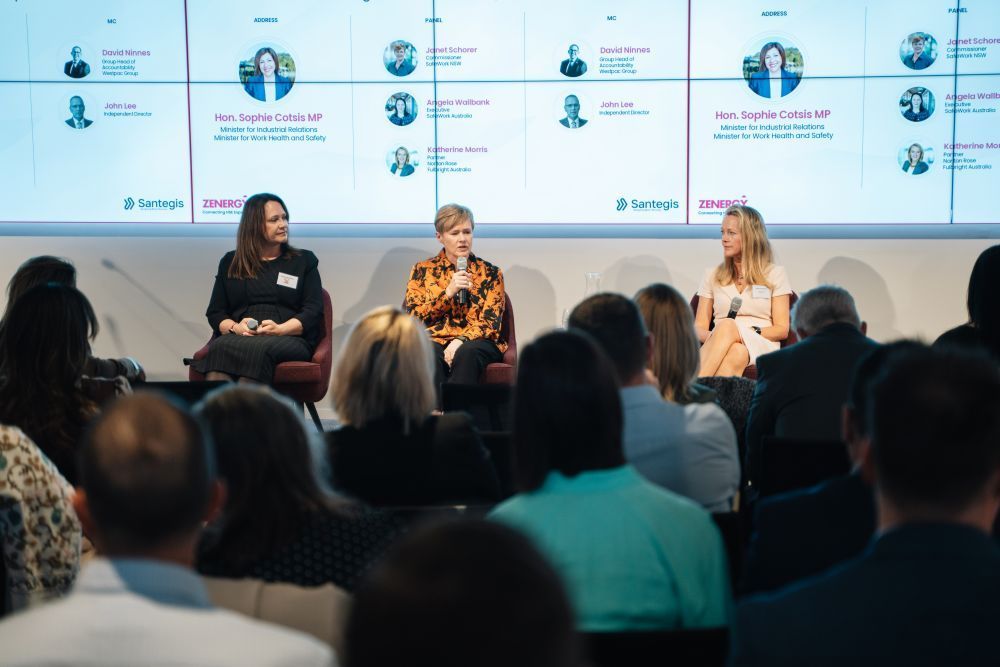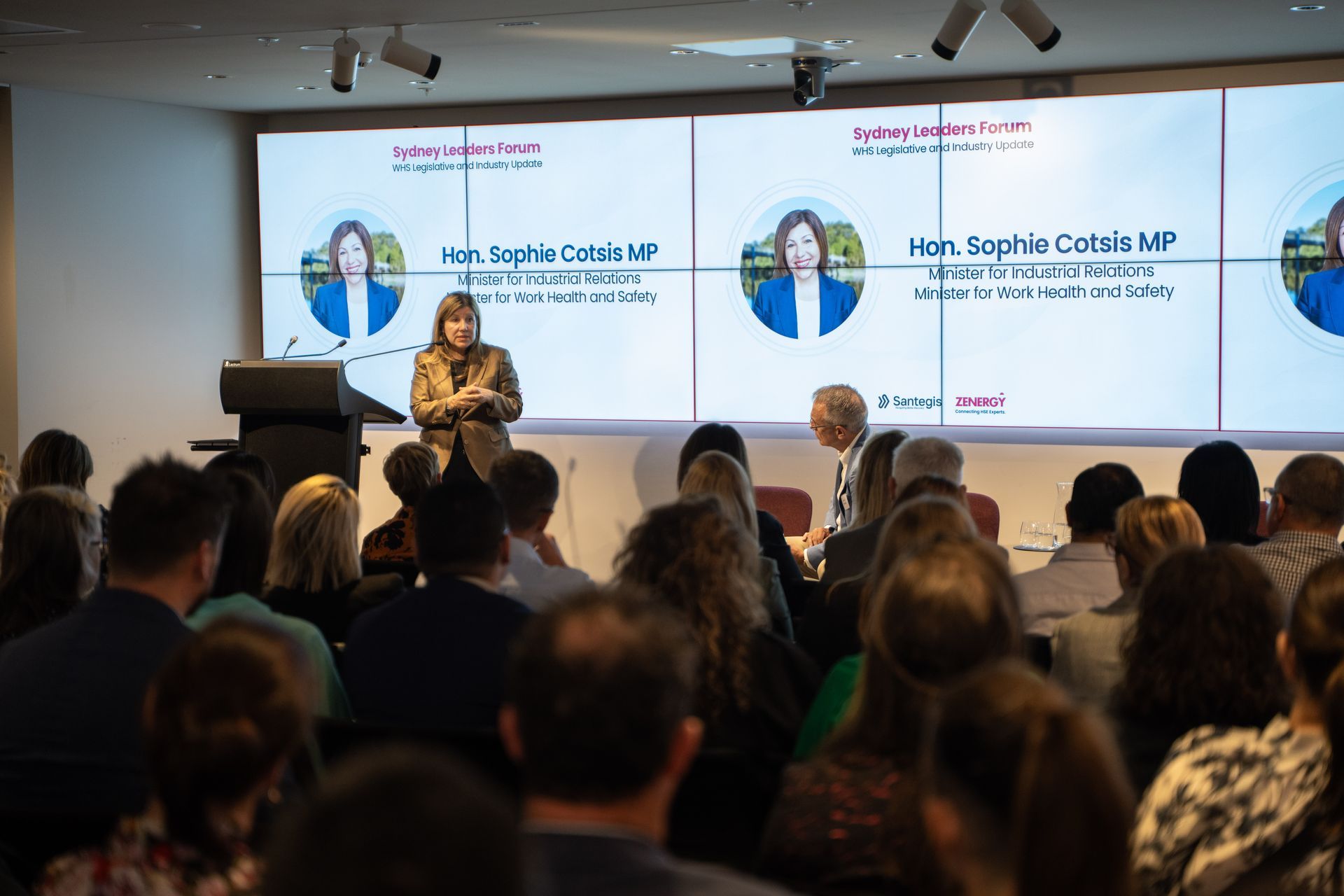3 common mistakes companies make across the Chain of Responsibility
3 common mistakes companies make across the Chain of Responsibility
Chain of responsibility is more than a bolt-on imperative with which organisations must comply. It should be a core focus of their risk management.
Following from the amazing feedback from Zenergy’s WHS Leaders Forum on Chain of Responsibility we sat down for a one on one with John Makris partner and workplace health and safety legal specialist at K&L Gates.
The chain of responsibility (CoR) concept that is central to heavy vehicle national law (HVNL) is not the easiest to understand. As such, companies can and do make a number of mistakes – exposing them to potential liability, penalties and even legal action.
Yet, John Makris argues that CoR laws are not only essential for avoiding heavy
evehicle incidents in the workplace, but can also help companies develop better work, health and safety systems that may help discharge their broader safety legal duties.
“There’s a big shift coming in late 2016/early 2017,” said John Makris. “There are legislative changes on the horizon that will make HVNL laws consistent with the work, health and safety laws.”
To help you comply with the existing and new legislative amendments, here are three of the most common mistakes that can create compliance problems across CoR.
Mistake one Not knowing where you fit
For John Makris, knowing your place in the CoR framework is an essential element for company heavy vehicle compliance. Yet, he also points out that a number of companies and decision-makers are not aware of where they fit in the chain and how this impacts on the kinds of responsibilities they are expected to shoulder.
“Companies need to ask themselves what they do within the chain because knowing where they fit in is the starting point.”
While for some companies this can be as easy, for others, understanding business operations can be less straightforward.
“Some companies can have multiple responsibilities. For instance, are you just arranging for delivery or do you load and/or unload it as well? In cases like this, where organisations have multiple roles, many forget they now have additional responsibilities that need to be managed.”
John points out that this first mistake is usually a catalyst for ongoing non-compliance and potentially exposes organisations and individuals to the regulator’s scrutiny.
” If you don’t know where you fit in the chain, how can you then implement the processes to meet your requirements under the law? “
Mistake two Not having the right processes in place
The CoR laws are very prescriptive about what people need to do to ensure heavy vehicles are travelling safely from point A to point B. Unfortunately, the specific nature of the legislation can lead organisations into trouble.
“The way the law is presently designed, it basically says companies must do X number of things. So in practice that suggests that organisations can comply with their obligations by implementing a checklist or tick and flick type of approach.”
” Organisations should be thinking from a broader risk management perspective. This means thinking about how CoR compliance positions itself within existing risk management systems. “
So, for organisations working along the chain, the solution to CoR compliance is not to implement a ‘tick and flick’ approach.
“It should make decision-makers think on a risk basis: Where do we sit in the chain, what could occur and therefore what processes need to be put in place to meet our responsibilities?”
Integrating HVNL into the heart of business operations requires companies to make CoR “business as usual”. It’s about altering the organisational and individual mindsets. Compliance is about going from ‘this is something additional we have to do’ to ensuring these requirements are embedded within everyday risk management processes. This will be the focus of the proposed amendments.
Mistake three Not monitoring system compliance across all duty holders
Even if a business knows where they sit along the chain, and has a strong compliance system in place, companies may be unaware of how effective their compliance systems are unless they have robust monitoring in place.
But while many organisations simply monitor specific points listed by the legislative framework, monitoring across the chain can better manage risk and ensure that the processes implemented are doing the job required.
With the changes slated for 2016-17, organisations will need to ensure they have durable and effective systems in place that can manage risk across the chain of responsibility. But to do this, as John pointed out, companies need to be aware of their position along the chain and how their business operations and the actions of their staff obligate them.
For a review of your current systems and strategy across Chain of Responsibility contact Zenergy group on 1300 333 500, we have CoR experts that are able to assist across all aspects including auditing, training, systems and program development as well as project implementation.






